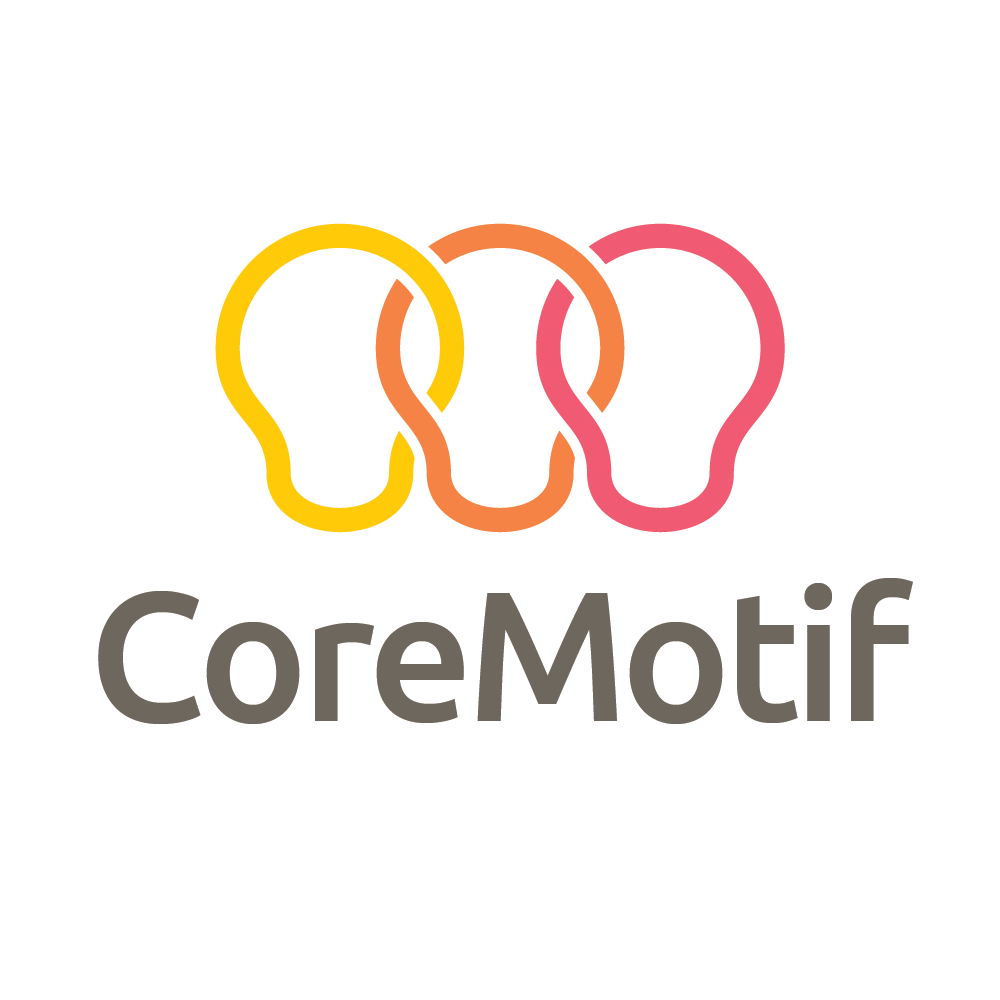Strategic linkage
The gearbox of your strategy implementation
Have you ever been involved with project selection in a large organization? You’ll have a myriad of projects to choose from, each aimed at reaching a specific goal of improving your current business. What project should you choose to maximize the benefit to the organization? What is the benefit of the organization? Is it lower costs, drive customer engagement or develop new products? Perhaps it’s a mix of those objectives or perhaps something else?
The answer is strategic linkage. The method, found in methods such as balanced scorecard and other project portfolio management methods. Strategic linkage simply refers to linking objectives, often implemented in the form of projects to your strategy. There can be many levels of strategic linkage.
Let’s take balanced scorecard as an example. There are four perspectives; financial, customer, internal processes and learning and growth. Within each perspective you can have strategic themes, or efforts that are measured. Those measures, such as “items produced this month” therefore have strategic linkage.
Another example is the use of OKRs within an organization. There you have a more loosely defined set of perspectives, which you can define yourself. You define a hierarchy of objectives and key results relating to those objectives. You then select projects that have most impact on your strategy.
Personally I believe that OKRs are better suited to businesses who are re-inventing themselves or businesses going through transformation. You aren’t required to state your strategy in one structured way to fit the Balanced scorecard method, but rather, you are free to define your own themes. This could also be a downside to OKRs since you need a very deep understanding of how your business actually works, the value network it’s embedded in and how to manipulate the laws governing both your internal business as well as the value network.
When you perform a high level comparison of the two, they even look the same. You have a set of strategic themes or objectives which you measure. Those objectives or themes are connected to each other in a network. One might say that the only difference is that the balanced scorecard method uses a fixed set of perspectives and metrics that propagate from learning and growing towards the financial perspective while OKRs allows you to define more complex networks including feedback loops.
Now how does this relate to picking what project to do? Well, each project you initiate should have a clear goal. That goal has to have a strategic linkage through metrics such as “increase the number of items produced per month”. Forcing projects to have a strategic linkage will focus your spending on what matters for your business.
But wait a minute, you might ask yourself, what about projects like investing in our employees, larger monitors and such. If we take purchase decisions such as buying larger monitors for developers as an example, sometimes they are linked to the metric “increased productivity”. But how do you measure that? Developer productivity is notoriously difficult to quantify. But you can say that by investing in happier employees, they are then less likely to quit as well as providing better service to customers. Better service results in increased service quality, which will increase your NPS score. Also, happier employees might help you with on boarding new talent. The strategic linkage might be there, but not where you thought it was originally.
We at Coremotif specialize in management consulting and have designed project management, portfolio management and lean production systems for our customers. If you want to know more about strategy, please see our other blogs or simply contact us for a more in depth face to face talk.


